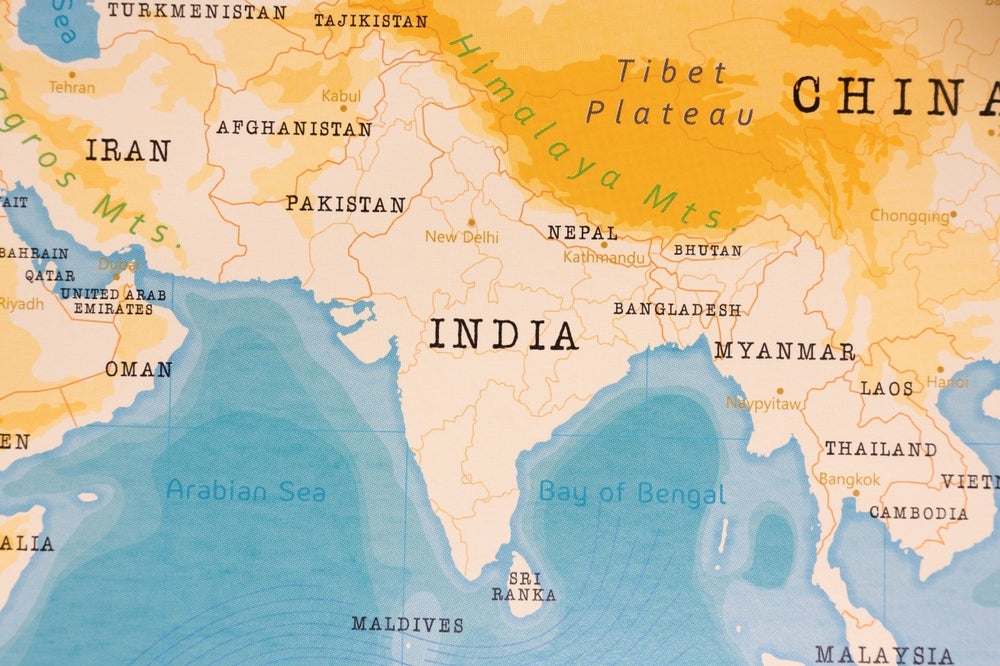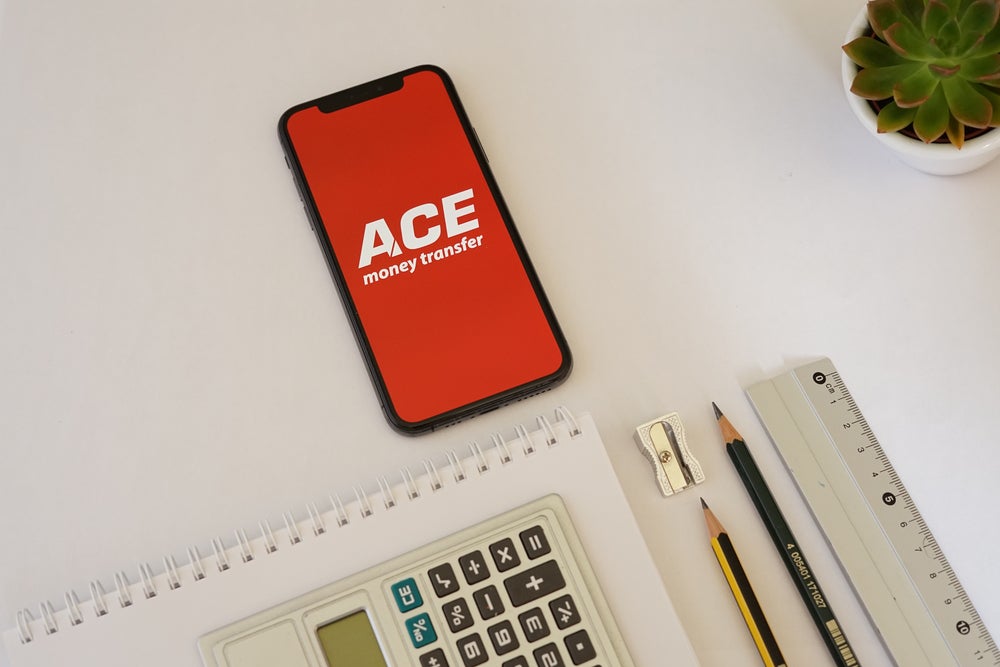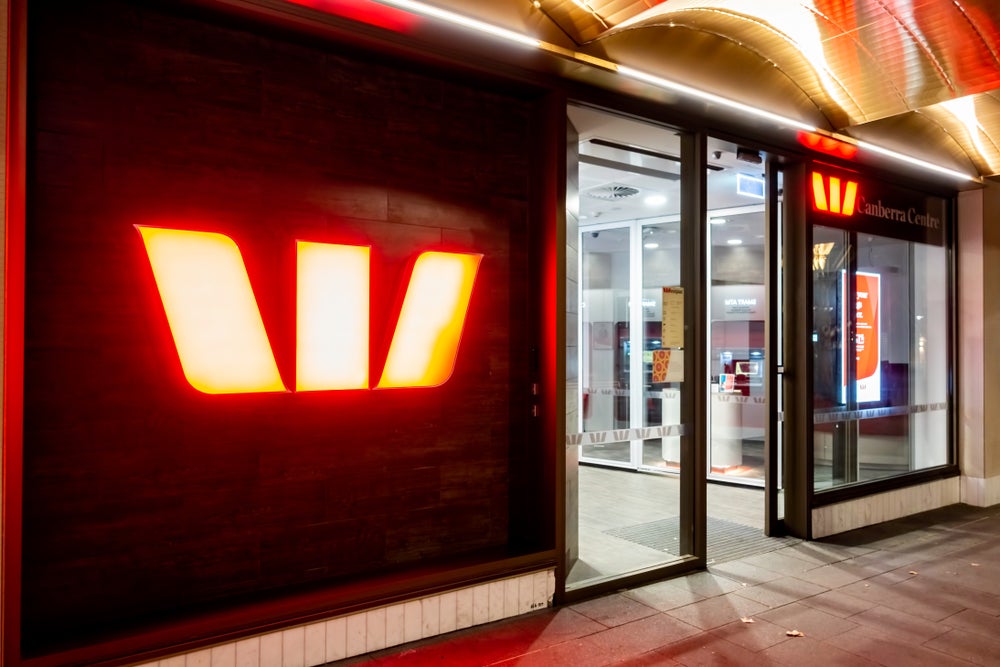Credit cards are more popular for retail transactions than debit
cards, though debit cards outnumber credit cards in terms of cards
in circulation. In October 2006, the Reserve Bank of India (RBI)
reported that there were three times as many retail credit card
transactions as retail debit card transactions, and that Indians
spent nearly five times as much with their credit cards than their
debit cards (see Figure 1). By mid-2006, there were an estimated
17.5 million credit cards in circulation and 52.5 million debit
cards. Prepaid cards are also growing in popularity. Banks such as
HDFC, IDBI and Kotak Mahindra are all offering prepaid cards,
mainly for travel or gifting purposes.
Though cards usage and penetration is growing at a solid rate,
payments in India are still dominated by cash and cheques. For
every INR1 spent with debit or credit cards, INR192 are spent via
cheques (see Figure 2). Industry growth is inhibited by the lack of
the infrastructure necessary to reach a critical level of utility
for the general population. India has only an estimated 220,000 POS
terminals that accept credit cards and 18,000 ATMs that accept
Visa- or MasterCard-branded cards. To put this in perspective,
South Korea, a country with one-20th the population of India, has
roughly 3 million POS terminals – almost 15 times the number in
India.
India’s regulators have been generally supportive in the
development of the cards industry in the country. The RBI recently
allowed certain non-banking finance companies to issue co-branded
credit cards with commercial banks, though the non-bank partner’s
activities are restricted to marketing and distribution of the
co-branded cards. The government has also been a leading player in
encouraging access to cards for India’s poor, especially in rural
areas, through schemes such as the Kisan Credit Card, which is
aimed at the farming community. Still, India’s regulators are
watching the cards industry closely. In November, the Monopolies
and Restrictive Trade Practices Commission issued a notice of
inquiry to HDFC bank for failing to prevent direct selling agents
from making false promises to its credit card customers. The agency
has launched similar preliminary investigation reports against
several other cards issuers, including ICICI Bank, Citibank, HSBC
and American Express Bank.
A major driver for growth has been foreign tourism. According to
Visa, spending by Visa cardholders visiting India jumped 23 percent
to INR60 billion for the 12 months ending 30 June compared with the
same time period a year earlier. This spending is concentrated in
major cities. Delhi, the capital and a major tourist and business
destination, received 21 percent of this spending, while Mumbai,
the financial hub, received just under 20 percent. Jaipur, Goa and
Agra, all major tourist destinations, had the highest average
transaction sizes of $330, $282 and $269, respectively, compared
with a national average of just $119 per transaction. European
cardholders accounted for the largest amount of this spending,
followed by Americans and inhabitants of Asia-Pacific (see Figure
3).
How well do you really know your competitors?
Access the most comprehensive Company Profiles on the market, powered by GlobalData. Save hours of research. Gain competitive edge.

Thank you!
Your download email will arrive shortly
Not ready to buy yet? Download a free sample
We are confident about the unique quality of our Company Profiles. However, we want you to make the most beneficial decision for your business, so we offer a free sample that you can download by submitting the below form
By GlobalDataThe internet is also an important factor driving cards usage: India
has 3.5 million online shoppers.
Effect of foreign players
The growing presence of foreign players in the Indian cards market
is another powerful force spurring the expansion of the cards
industry. In April 2009, the RBI will lift restrictions on the
activities of foreign banks, making it easier for multinational
players to open branches and acquire domestic banks. Already,
several major global players such as HSBC, Citibank, Standard
Chartered and GE Money are building a presence in the country. A
growing trend in recent years has been the signing of partnerships
or creation of joint ventures between foreign heavyweights in the
cards and payments industry and local Indian banks looking to
expand their cards offerings.
The best example of this phenomenon was the creation of SBI Cards
in 1998 as a joint venture between the State Bank of India (SBI)
and GE. There are also a number of smaller partnerships. In
December 2006, Citibank and South Indian Bank entered into a
partnership agreement to launch a co-branded Visa credit card.
Punjab National Bank (PNB) has a co-branding relationship with
HSBC, though PNB has stated that it is looking to create its own
credit card by March 2007, possibly meaning the end of its
relationship with HSBC.
The diversity of the nation’s populace, as well as the speed of
change and development in the country, is creating numerous
opportunities for product innovation. A key area for growth is
among the unbanked. There are only roughly 300 million financial
accounts in India out of a population of approximately
1.1 billion, meaning 700 million people – more than two out of
three – are unbanked.
In an effort to expand access to banking services to India’s poor,
the RBI mandated in 2005 that all banks develop no-frills accounts.
Some banks are actively pursuing opportunities among the unbanked
and are using cards and ATMs as important vehicles for developing
customer relationships.
The Citibank Pragati account, for instance, is a savings account
scheme aimed at slum-dwellers. The account does not carry any fees
or require a minimum deposit. It comes with a colour-coded ATM that
relies on a thumbprint biometric identification system as well as a
voice response system, so that members of India’s illiterate poor
can use the machines. Citibank already has two such ATMs in
operation and has stated that it has plans to open 25 to 35 more
over the next year with the aim of attracting up to 50,000 new
customers.
ICICI Bank is also using biometric cards to reach poor customers,
but its emphasis is on targeting rural farmers rather than the
urban poor. ICICI has deployed portable banking devices to allow
illiterate farmers to perform transactions in rural areas.

Attracting the affluent
 At the other end of the
At the other end of the
economic spectrum, card issuers are ramping up offerings to attract
the country’s growing affluent class. In November, American Express
launched The Platinum Club, an exclusive service aimed at wealthy
Indians; it is one of many recent card launches by issuers in India
aimed at the expanding nouveau riche. For INR50,000, individuals
can purchase a lifetime membership to the club. According to Atul
Mathur, senior vice-president Association of South East Asian
Nations and South Asia, members of the club automatically receive
the new American Express Platinum Card, giving them access to a
range of membership benefits. American Express has partnered with
several upscale merchants including Kingfisher Airlines and the Taj
Group of Hotels to offer cardholders rewards and benefits.
“The Platinum Club represents a service innovation that we believe
will set a new benchmark in the cards industry. The launch also
represents a significant investment by American Express in an
aggressive growth strategy to realise the potential of this
market,” said Mathur.
In addition to creating offerings aimed at wealthy individuals,
credit card issuers are creating segment-specific products aimed at
attracting mass market clients. They are teaming up with partners
to issue co-branded and affinity cards. Roughly 50 co-branded
schemes are active in the Indian market, including partnerships
between large and respected brands such as LG and SBI card, ICICI
and Big Bazaar, and Citibank and Indian Oil.
 There are also multiple-partner co-branded cards, whereby
There are also multiple-partner co-branded cards, whereby
two or more merchants team up to offer a card, such as the card
issued by ICICI Bank, Airtel and the Hindustan Petroleum
Corporation Limited (HPCL).
Banks are also increasing the role that ATMs play in Indian
society. One of the most innovative launches of the year was a
mobile ATM service set up by Andhra Bank for pilgrims on the
Kottayam-Chengannur-
Pathanamthitta pilgrimage route in the southern Indian state of
Kerala. The ATM service accepts both Visa- and MasterCard-branded
bankcards. Other banks, such as Citibank, ICICI, HDFC and UTI Bank,
are expanding the functionality of their ATMs to include
non-banking services such as recharging mobile phones, paying
utility bills and insurance premiums, and even making charity
donations. Citibank and ICICI Bank also allow customers to make
mutual fund transactions via ATMs, provided that they have
registered for this service beforehand. Most banks do not charge
customers for these extra services. However, some players do charge
a small fee, such as HDFC which charges INR25 per quarter for ATM
fund transactions.
Major players
ICICI Bank
 With 5 million cards in force by the end of fiscal
With 5 million cards in force by the end of fiscal
year 2006, ICICI Bank is the number 1 issuer of credit cards by
number and has a 29 percent market share in terms of cards
outstanding in India. The bank operates over 2,200 ATMs in the
country and offers various credit and debit cards, as well as an
array of prepaid cards including travel cards and gift cards.
The bank also runs promotions to encourage cards usage and to
entice merchants to set up ICICI POS terminals. For the last three
months of 2006, ICICI ran a cashback promotion scheme whereby
customers who spent INR2,000 or more would automatically receive a
minimum of 1 percent cashback on their purchases, with the chance
to get up to 100 percent cashback. Customers were eligible for this
reward only if they made their transaction at a merchant that used
ICICI’s merchant processing device.
ICICI Bank recently tied up with Indian Airlines to launch a
platinum credit card for the airline’s frequent fliers. The card
offers 20 percent cashback on airline tickets purchased at full
fare, access to special lounges at airports and golf clubs, and a
waiver on fuel surcharges at petrol stations in India.
State Bank of India/GE
SBI is the country’s largest commercial bank, and has a giant
network of 9,306 branches. The bank has a total of 5,625 ATMs
throughout the nation as well as 19.55 million cards, 3 million of
which are credit cards.
In 1998, SBI partnered with GE to launch SBI Cards and Payments
Services. The joint venture was designed to combine the strong
brand, large branch network and customer relationships of SBI with
the technological capabilities and industry expertise of GE. By the
end of 2006, SBI Cards claimed to be the second-largest player in
India and had over 3 million credit cards in force, adding 1
million in the year.
Roopam Asthana, CEO of SBI Card, said: “This milestone is even more
remarkable as we have added 1 million cardholders in just ten
months. Our objective is to accelerate the pace of growth by
extending the benefits of SBI Card to a broader range of Indian
consumers in tier two cities, along with improved value
propositions for the urban affluent customers. We have already
increased our sourcing locations from 41 in 2002 to the current
109. In addition, we are ramping up our sales force from 5,000 to
7,000 by December 2006, for increased productivity.”
SBI Card has grown at a rapid compound annual growth rate of 45
percent on spends and customer assets since 2000. The issuer has
co-branding partnerships with Indian Railways, Lifestyle, LG, Go
Air, Vishal Mega-Mart, Hero Honda and Tata. SBI Card is the only
non-banking finance company issuing credit cards in India.
Citibank
Citibank is India’s third-largest issuer of credit cards, with 2.85
million cards in force as of March 2006, up from 2.2 million at the
end of 2004. The bank offers 23 different credit cards that can be
divided into six major types: premium gold cards, extra value cards
(rewards cards), special interest cards (affinity cards), basic
cards, travel cards and Diners Club cards. Citibank has a number of
partners for its credit card offerings including Jet Airways, Royal
Sundaram Insurance, Hutch, WWF and MTV.
HDFC
With 2.5 million credit cards in force, HDFC is the fourth-largest
credit card issuer in India. The bank also has roughly 4 million
debit cards in the market. HDFC offers nine different credit cards
and three types of debit cards, as well as prepaid travel and gift
cards. HDFC has a rewards programme on several of its debit card
offerings. One debit card is targeted exclusively at women.
HSBC
At the end of December HSBC announced it had crossed the threshold
of 2 million credit cards in force in the Indian market, driven by
an increase of 500,000 cards over the last five months of the year.
The bank also has a growing merchant acquiring business in India,
where it operates roughly 16,000 POS terminals. Unlike many other
Indian players that issue a wide range of credit cards, HSBC only
has two credit card offerings in the Indian market: a gold card and
a standard card. Since 2002, HSBC credit cards have come with a 2.5
percent refund on all fuel purchases at petrol stations throughout
India.

India by numbers
For the first ten months of 2006:
• 17.5 million credit cards were in force;
• 52.5 million debit cards were in circulation;
• $6.88 billion of retail credit card transactions were made;
• $1.35 billion of retail debit card transactions were made;
• 142.6 million retail credit card transactions were made;
• 45.45 million retail debit card transactions were made;
• credit card transactions increased
16.8 percent by volume and 20.4 percent by number compared
with
the same ten-month period in 2005;
• the average credit card transaction was for $48.34;
• the average debit card transaction
was for $29.70.
Source: Reserve Bank of India, ICICI Bank







